A.I. Services
Universal models
The collected data layer from different locations analyzed in the recent studies allowed us the design of a generic artificial intelligence model for air quality prediction.
Moreover, Libelium Air Quality Station’s universal model continues to learn and train itself from all Air Quality Stations deployed and placed next to reference stations, so it will become richer, more dynamic and more accurate.
Different Libelium Air Quality Stations were deployed near Reference Stations and the collected data from the Reference stations will be sent to Libelium Cloud to shape the universal model.
By default, all Air Quality Station devices work with the universal model developed by Libelium from the dataset provided by several devices along different locations
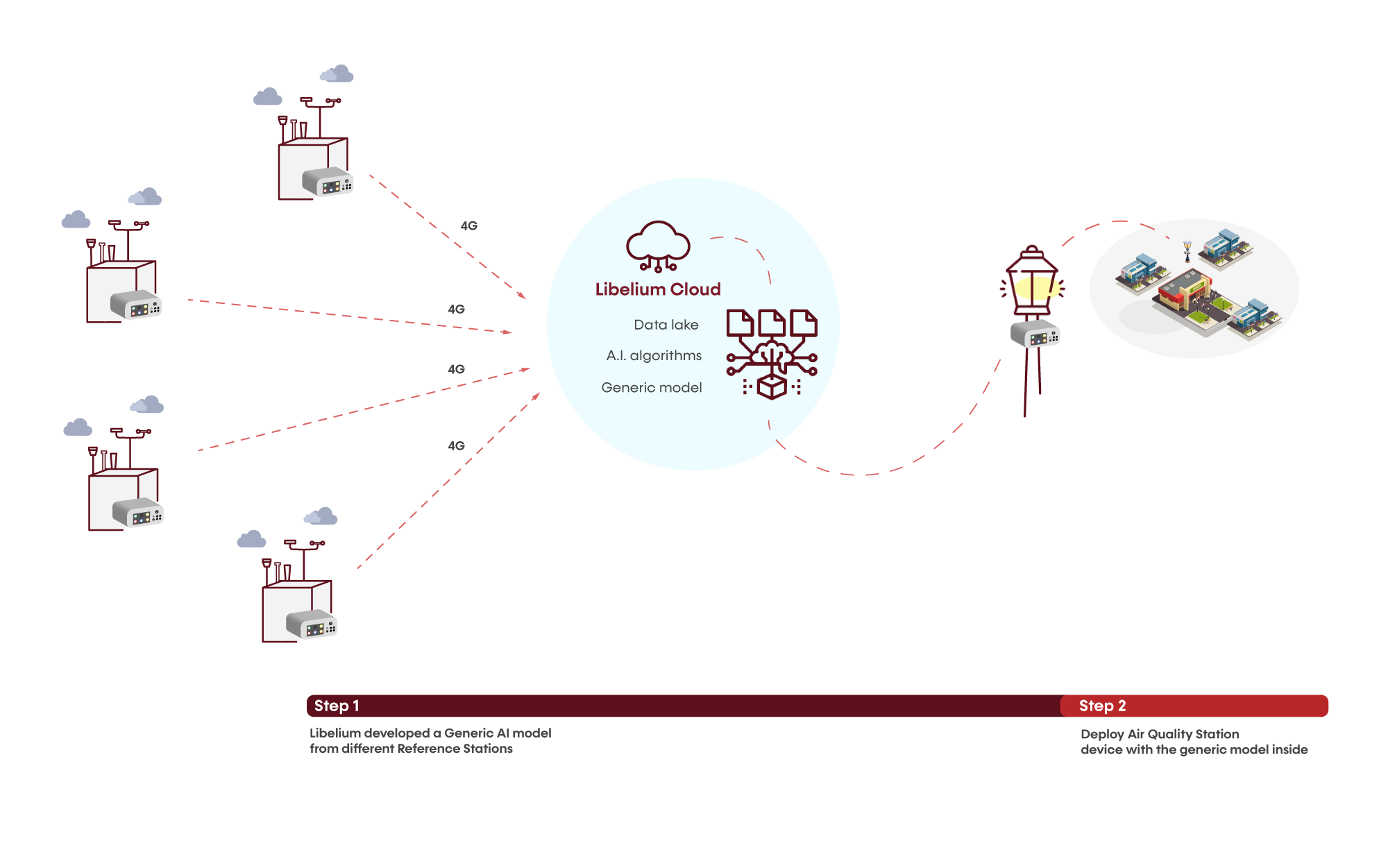
Co-location calibration
Introduction
The co-location calibration consists on installing the Air Quality Station next to a another device in order to collect data and train the device to perform proper measurements.
The co-location calibration might be done using either ways:
- Calibration against a reference station
- Calibration against a golden node (previously calibrated device)
Results may vary depending on the quality and range of the reference station data or golden node.
Calibration against Reference Station

Step 1: Installation next to a Reference Station
Installation shall be peformed as close as possible to the reference station:
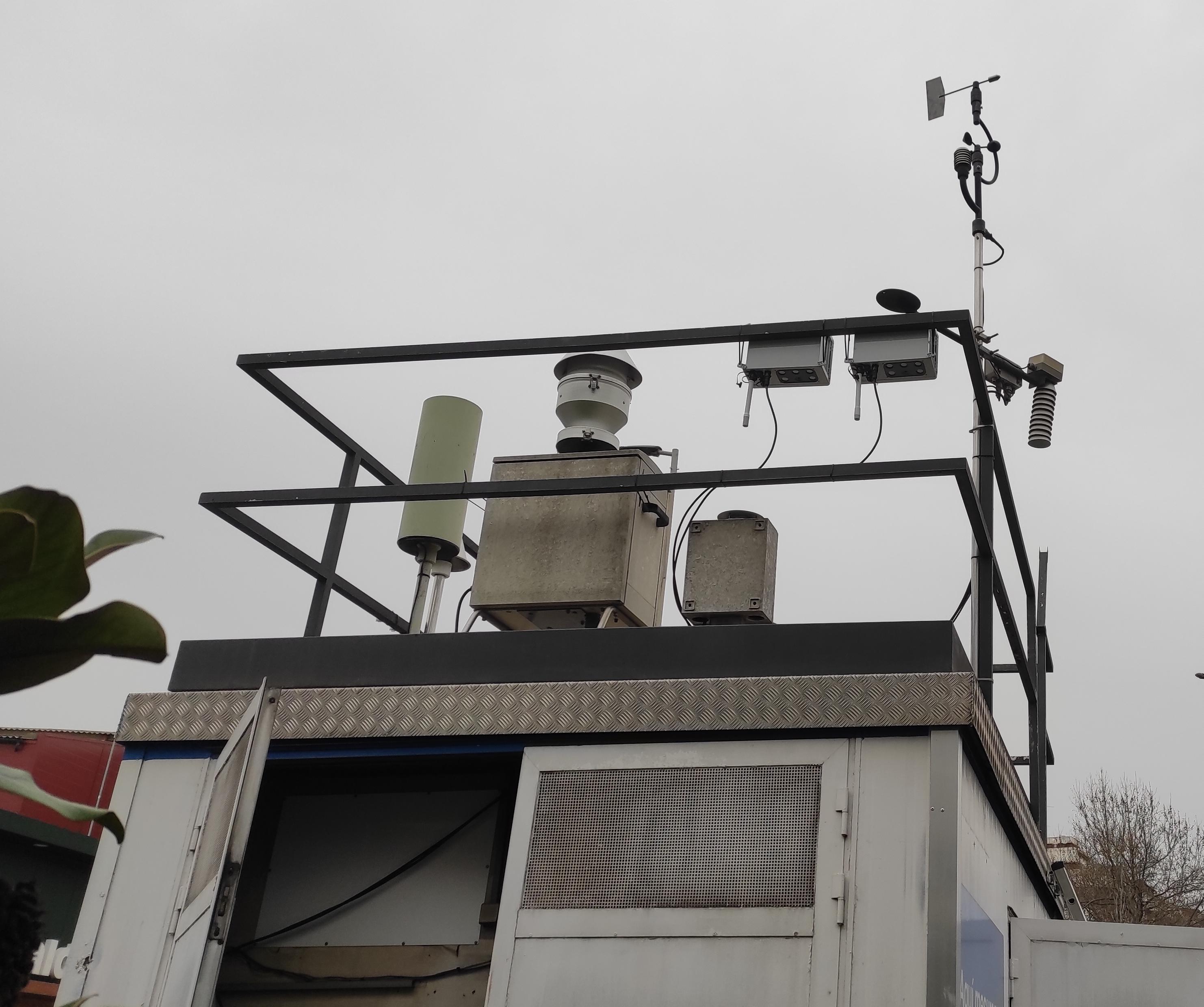
 { width=70% }
{ width=70% }
Step 2: Collect data during the training period
At least 2 weeks of collected data are needed for proper operation. Libelium recommends to use 1 month training period. The greater the dataset, the better performance you will achieve.
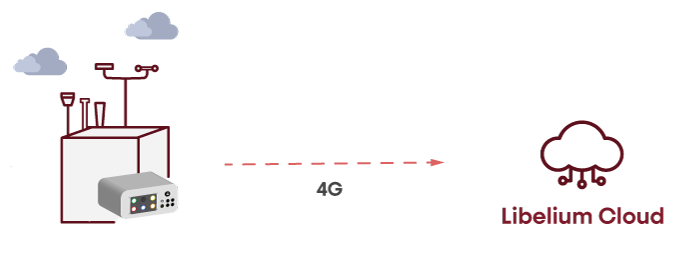
Step 3: Import reference data to Libelium Cloud
It is mandatory to create a Reference Station in the Libelium Cloud and import the reference data:
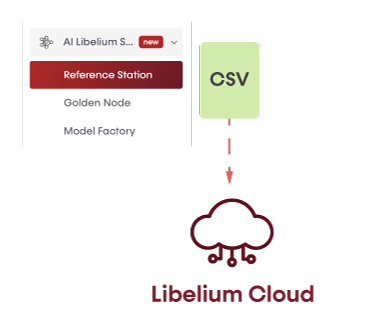
Step 4: Generate a new model
Follow all steps in the Cloud's Model Factory section order to generate new A.I. models and look into the tested performance.
Step 5: Deploy the calibrated Air Quality Station device
Now the Air Quality Station is prepared to be deployed in the field:
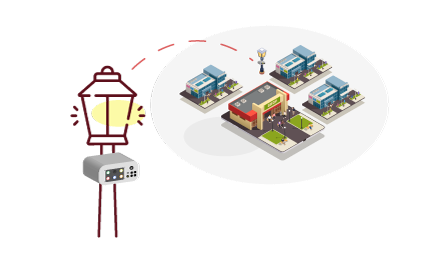
A new calibration should be performed after 5 or 6 months of deployment to ensure the maximum quality of data
Calibration against Golden node
A "golden node" is an Air Quality Station node previously calibrated by co-location process. This means that a first "Co-location" phase must be completed prior defining the device as "golden node".
The purpose of this method is to easily calibrate devices without permanent access to a reference station which might be a difficult task.

Step 1: Co-location calibration
Follow all steps explained in the previous "Co-location calibration" section to the device that will become the "golden node".
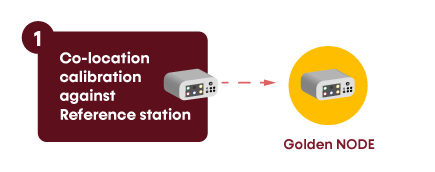
Step 2: Installation and collect data
Install the uncalibrated Air Quality Station devices next to the "golden node" in order to collect data during 1 month period. The new calibration based on the golden node data will be performed after gathering all needed data in the Libelium Cloud.
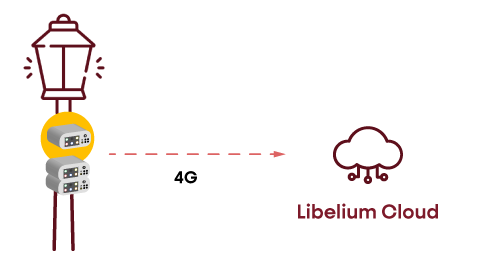
Step 3: Define Golden node and dates of operation
Define which one of your Air Quality Station devices becomes a Golden node in the Libelium Cloud:
Step 4: Generate a new model
Follow all steps in the Cloud's Model Factory section order to generate new A.I. models and look into the tested performance.
Step 5: Deploy the calibrated Air Quality Station device
Now the Air Quality Station is prepared to be deployed in the field.

A new calibration should be performed after 5 or 6 months of deployment to ensure the maximum quality of data
Important notes
Reference station poor data range
When low concentrations values are observed by the reference station during the training period, poor correlation (R2) might be achieved by the resulting A.I. model.
Example: Normally low SO2 concentrations are found in real deployments so the reference basically reads values below the sensor noise resolution.
Reference station poor resolution
The same applies when a low resolution of the reference station does not permit to correctly modelate the behavior of the device.
Example: Sometimes reference stations give poor CO resolution (100 ug/m3) so it is difficult to predict data when